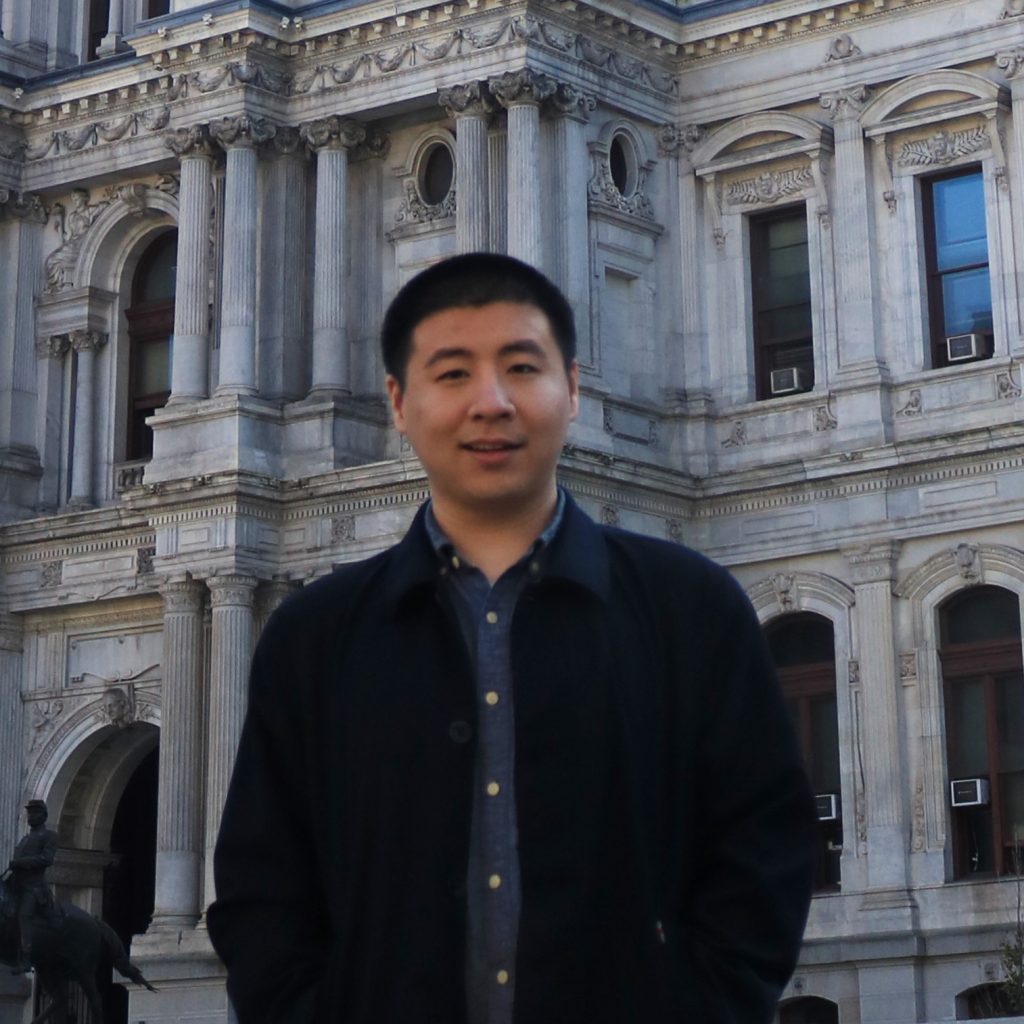
Project:
Charting the cell type-specific enhancer activities of human accelerated regions in brain development and autism
Laboratories:
Christopher Walsh, Ph.D., Aviv Regev, Ph.D.
Biographical Information:
Xuyu received a B.S. in Biomedical Engineering from Worcester Polytechnic Institute, and received Ph.D. in Biomedical Engineering at Johns Hopkins University under supervision of Dr. Hongjun Song. For his thesis work, he pioneered development of novel methodologies to generate brain organoids from human pluripotent stem cells, and employed the organoid models to study diseases including Congenital Zika Syndrome and major psychiatric disorders. In his postdoctoral work, Xuyu is studying the gene regulatory functions of human accelerated regions in brain development.
Current Work:
Human Accelerated Regions (HAR) are recently identified DNA sequences that underwent unique changes in the human evolution. HARs can control gene expression and mutations in HARs are associated to the risk of eurodevelopmental disorders including autism. Despite of their importance, the function of HARs have remained largely uncharted. In the Walsh lab, I aim to develop a new method to screen the gene regulatory functions of hundreds of HARs simultaneously by assigning each HAR with unique barcodes, which can be deciphered by single-cell RNA sequencing. Using the platform of human brain organoids, human stem cell-derived 3D tissue cultures that resemble the embryonic brain, I will characterize the regulatory roles of HARs in brain development. Finally, for candidate HARs with strong association to autism risk, I will use genomic editing to introduce specific mutation or delete the HAR sequence, and generate brain organoids to analyze the phenotypic changes caused by the editing. Together, my proposed study will be a substantial technological advance for the field, and provide instrumental knowledge for better understanding human brain development and the etiology of autism.
Publications:
- Qian X*, Nguyen HN*, Song MM, Hadiono C, Ogden SC, Hammack C, Yao B, Hamersky GR, Jacob F, Zhong C, Yoon KJ, Jeang W, Lin L, Li Y, Thakor J, Berg DA, Zhang C, Kang E, Chickering M, Nauen D, Ho CY, Wen Z, Christian KM, Shi PY, Maher BJ, Wu H, Jin P, Tang H, Song H, Ming GL. Brain-region-specific organoids using mini-bioreactors for modeling ZIKV exposure. Cell. 2016;165(5):1238-54.
- Qian X, Su Y, Adam CD, Deutschmann AU, Pather SR, Goldberg EM, Su K, Li S, Lu L, Jacob F, Nguyen P, Huh S, Hoke A, Swinford-Jackson S, Wen Z, Gu X, Pierce RC, Wu H, Briand LA, Chen I, Wolf JA, Song H, Ming GL. Sliced Human Cortical Organoids for Modeling Distinct Cortical Layer Formation. Cell Stem Cell. 2020; 26(5):766-781 e769.
- Qian X*, Jacob F*, Song MM, Nguyen HN, Song H, Ming GL. Generation of human brain region-specific organoids using a miniaturized spinning bioreactor. Nature Protocols. 2018;13(3):565-80.
Keywords: Brain organoid, Human brain evolution, Autism, Enhancer network, Cortical Development
